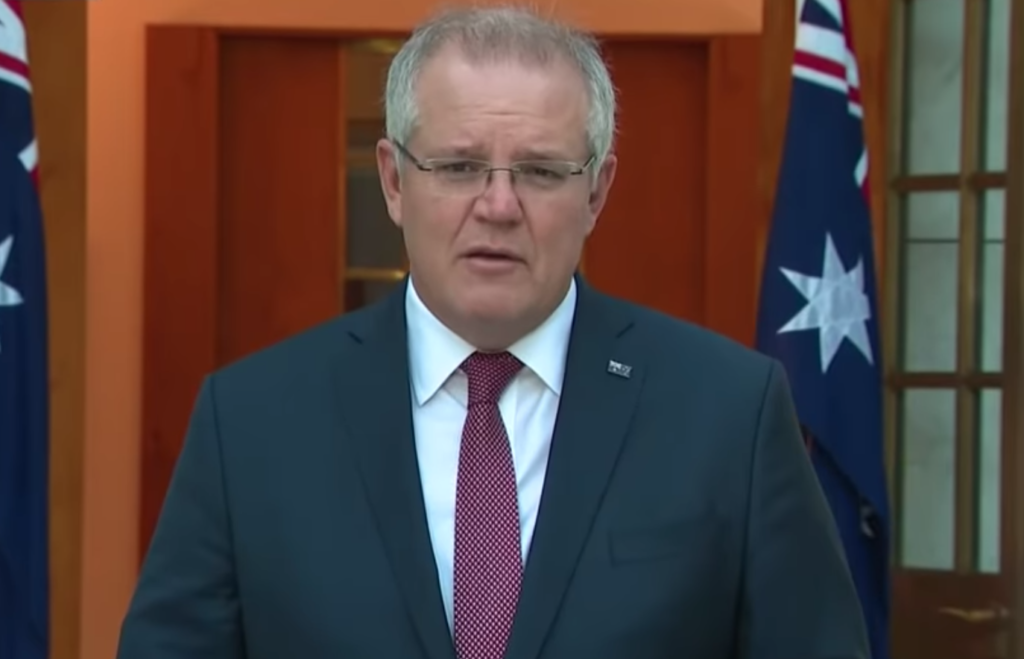In news that’s unlikely to surprise many parents in Australia familiar with paying for early childhood education and care: out of pocket fees for child care have – once again – risen sharply. The national CPI figures released on Wednesday indicate that in the December quarter child care costs increased in every state except Victoria. The reprieve from the “fee-free” period and fee freezes introduced by the Federal government when Covid hit is officially a distant memory.
Out of pocket child care costs are now 2.4% higher than they were this time last year, which is twice the inflation rate for all other goods and services. In Sydney and Brisbane, out of pocket fees are higher than ever before.
This represents a disappointing milestone for the Federal government as well as parents: in Brisbane and Sydney the increase in child care fees over the past quarter officially wipes out the savings delivered under the Coalition’s signature child care reform in 2018 when they promised to make childcare more affordable for families.
In Brisbane, out of pocket child care costs are now 3.2% higher than they were in June 2018 when the child care reforms took effect and a staggering 28% higher than in May 2015 when Scott Morrison, as social services minister, first promised he would make child care more affordable. His promise was that most families would be $30 a week better off. Alas, in under three years the savings delivered to families have all but disappeared.
In Sydney, out of pocket child care costs are 2.7% higher than last year and 20% higher than when the child care reforms were flagged in 2015. The only reason Melbourne was spared a similar result was because of the Government imposed fee freeze while child care centres received additional funding during the second lockdown period and beyond.
It is irrefutable proof that the current subsidy model for early childhood education and care has failed to keep out of pocket costs manageable for families. Australian parents pay some of the highest fees in the world for early childhood education and care and just this week families have reported the services their children attend have bumped fees by upwards of 5%.
Back in 2017, when Australia’s economy was strong and unemployment was still low, the HILDA survey found that 49 per cent of people with children under 5 had difficulties with the cost of childcare, which was up from about one-third in 2002. A survey conducted by The Parenthood in June 2020 found that 66 per cent of parents reported the out-of-pocket costs of childcare before COVID were too expensive, and 76 per cent said the cost of childcare was too high for either them or their partner to work full time.
Against the backdrop of stagnant wage growth, widespread job losses and a post-Covid19 economy, how will parents manage?
In April 2020 when announcing that early childhood education and care would be free for at least three months the Prime Minister said he did not want parents to have to choose between feeding their children and having their children cared for and educated. He said early education is too important and families shouldn’t have to choose.
He was right on both counts. But right now the high cost of early education and care means families are having to choose and children are missing out. Even before Covid came along the enrolment and attendance rates of Australian children in pre-primary education lags global peers. Recent reports indicate enrolment in preschool in NSW has even dropped for the first time. Women’s workforce participation in Australia is peculiarly low, in no small part due to the high cost of childcare. Analysis from the Grattan Institute highlights the disincentive women face through the interaction of high childcare costs, tax, and welfare clawback; for many women with young children, working more than three days a week provides little or no financial benefit. The birth rate has dropped dramatically.
It isn’t difficult to guess what will happen to these trends if the out of pocket cost of child care continues to climb. Investing in making high quality early childhood education and care universally accessible will deliver rich rewards for Australia in the optimal health, social, educational and economic outcomes it provides children. By boosting female workforce participation and stimulating economic growth. By creating and sustaining secure employment in early education. Investing in this urgent reform is the policy investment that will ensure Australia can prosper and thrive beyond COVID.
Too many families were at breaking point financially before the latest fee increases. Inaction in the face of the new CPI figures will be devastating.

